https://www.youtube.com/watch?v=tF4sVKf_D34
No Room In Electrical Panel - Quick Fix
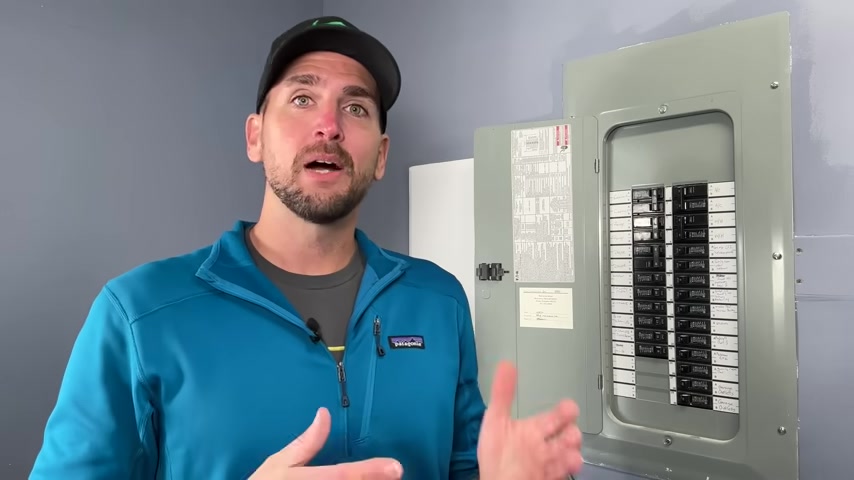
How's it going ?
You guys , it's Scott with everyday home repairs .
And I want to approach a very common topic that many of us homeowners are going to have to deal with in the near future .
As we start to add electric car , charging solar panels , power walls , we start to max out our electrical panels and now we need to make more space .
Now , before you just start stabbing a bunch of wire breakers , I'm going to bring in my friend Joel Walls from Jefferson Electric out at Indianapolis , Indiana , one of the best in the business to walk us through how to do this safely and to code .
So if you're a homeowner frustrated or confused about how to add circuits to your panel , let me show you how to do it .
In fact , I've seen many home inspectors wrongly call out breaker code violations .
So let me address that as well and how you can overcome that challenge .
In this case , we've got a 200 amp disconnect on the exterior of the home , make sure you turn off main power so you safely remove your electrical panel cover .
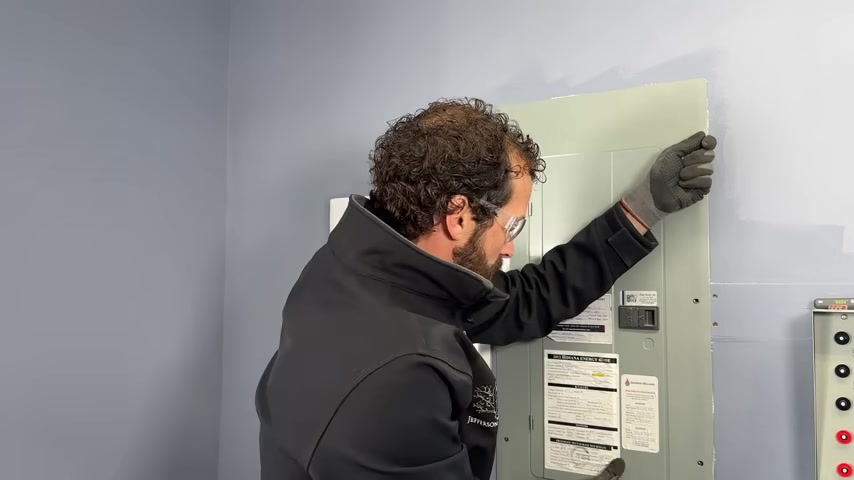
Now , one little trick for you is I'm using my left elbow to secure the electrical panel cover with pressure while I'm removing this last screw , what I don't want to do is drop my cover and damage it or knock off a bunch of breakers .
I want to remove it in a controlled fashion just like that , rocking it off the surface .
First , let's go over assessing our situation .
A lot of electrical panels are not labeled or are incorrectly labeled .
Next , we're gonna go over your three options for combining circuits and this does depend on the brand of panel you have and some of this even pros don't know .
And finally , we're gonna do it .
I have four circuits .
I'm gonna combine down to two on this eaten panel because this homeowner is getting some massive upgrades and needs more space .
Assessing .
First , my go to always for combining circuits is lighting loads .
Old incandescent lighting loads were 10 times heavier than modern led loads .
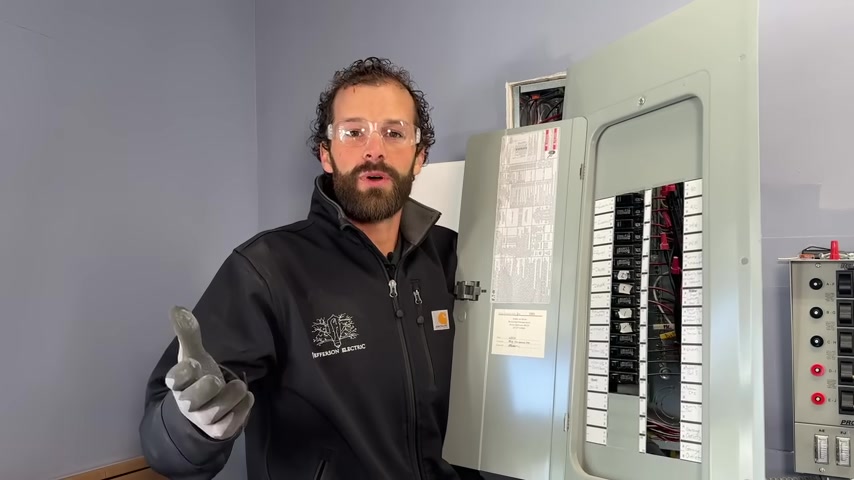
So when you're looking for lightly loaded circuits to bring together led lights and lighting circuits are the first key .
What do you do if you don't have any lighting circuits ?
Look for other lightly loaded circuits .
In this case , I've got smoke detectors which are dedicated but are not required to be dedicated by code in this jurisdiction .
Check with your local standards and photocell .
Bedroom three .
So it tells me there are a few exterior lights on with bedroom three .
I'll be combining those into a circuit things to stay away from some pumps , furnaces , kitchens and bathrooms .
You want those circuits to be strong and in fact , by code required , check out national electrical code article 2 10.50 and 52 for detailed explanation on that option one .
And I'm gonna show you this .
So stick around is using a pigtail properly sized to your circuit and a wa 221 .
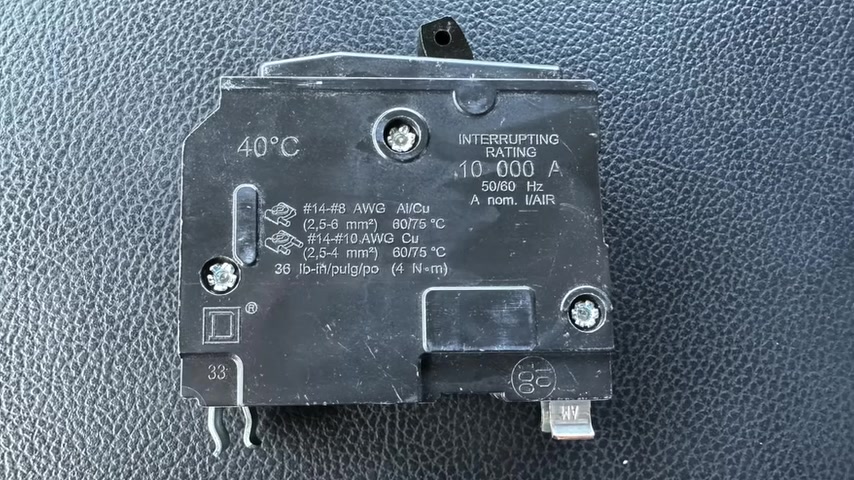
Laverne least intimidating option if you're a homeowner , if you've got a square D panel , unlike my Eaton brand panel , square D panels allow for two conductors per breaker in some common instances .
That's both home line and square E Q O .
Now , if you've got a square D panel and you've been called out by a home inspector , they blanket that that's always called out .
However , if you need to prove it and support what you've just done in the panel , you go to the manufacturer's website , pull the data sheet and there on the data sheet , it will list the number and size of conductors that that breaker is rated for .
Now , the third one is the part I see a lot of pros getting wrong and its use of piggyback is the nickname or tandem breakers in an electrical panel like this to create additional circuit space .
And I'll show you the violations and issues that I come across there .
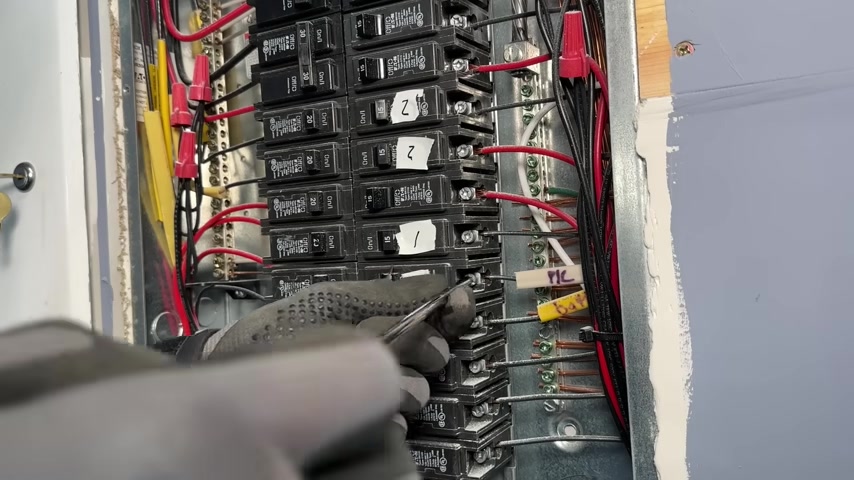
So here's option one with the panel and the breakers off using a number two square drive screwdriver to loosen the terminations from there .
I'm gonna use my and pig tail .
It's a 14 gauge pigtail because it's a 15 amp circuit matches .
I remove my conductors and slip them under the wa give a tug test to make sure they're fully seated .
And also I don't want any exposed conductor here .
So I'm happy with that if you've never seen a waggle before , check out the link in the description Scott's Amazon Store .
There's gonna be starter kits there with two port , three port wao lever nuts to get you going on them .
I'm gonna bring my pigtail in , landed on the breaker using my number square two square drive and tighten it down .
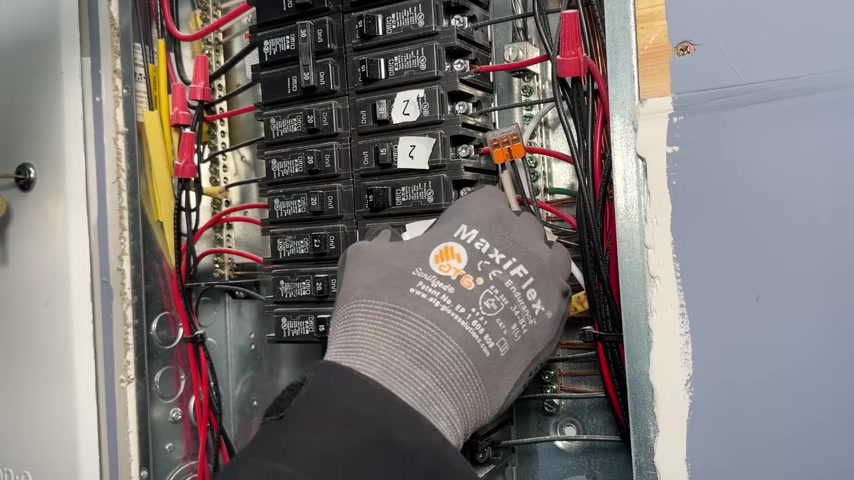
Don't want to over tighten it just snug approximately 15 inch pounds .
Now , we've got an available breaker .
The breaker just gets rocked out of place if it's too tight to do that , sometimes you can use a little extra leverage with a flathead screwdriver to get it started .
Now , if you're adding a 2 40 volt double pole breaker , you might need to reshuffle the deck once your circuit combinations are complete to get two spaces side by side , make sure you update your panel labels to maintain currency .
If you're just going to keep this open for future use , make sure that you need to put a panel K O closer in place to protect accidental contact with life parts when you're done .
Third option is using tandem or piggyback breakers and I'm going to drop two more nuggets that pros don't know right at the end .
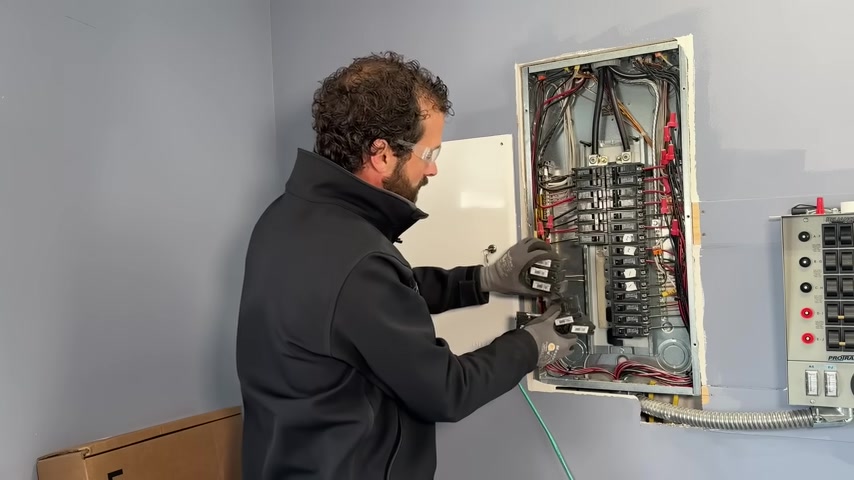
So let me show you something about electrical panels , check this out .
This component back here is called the bus and the bus is dissimilar as it goes down , it actually transitions .
But there is a point at which it does not allow for tandem piggyback breakers .
You can see the separation where tandem breakers are allowed , that notch indicates approved and the lack of notching there disapproved , proved disapproved .
So inserting this eaten breaker into any slot in the bus , other than the bottom five on either side is a violation of the national electrical code because it's a violation of this panel's manufacturing listing and labeling .
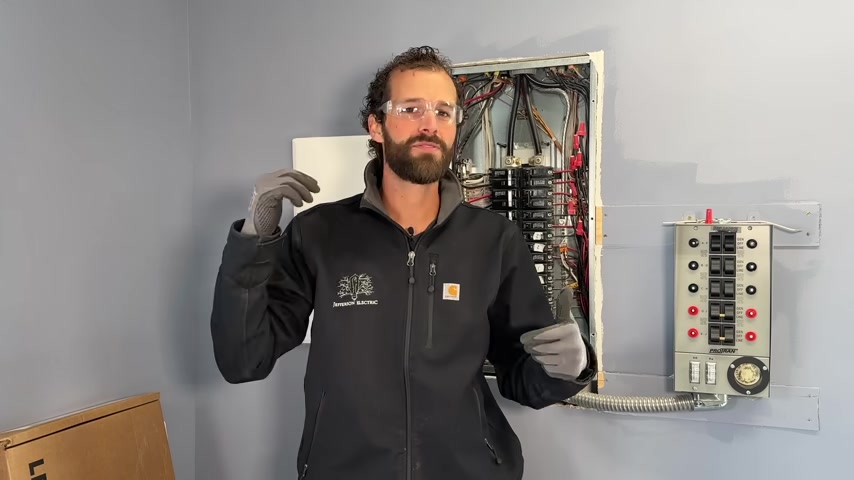
So up here , what you get if you try to jam the piggy back breaker in is oh oh , can't do it without field modifications , which is a violation down lower in the bottom five slots .
The piggyback fits combining circuits is so common .
At least 50% of the jobs we do because of the ever increasing power demands in a home .
One of those components that I think every home will have in the next 10 years is called a smart panel .
If you want to know what it costs , how to do it and some killer features , check out this video here and thanks for joining us today .
Catch you on the next one , guys .
Are you looking for a way to reach a wider audience and get more views on your videos?
Our innovative video to text transcribing service can help you do just that.
We provide accurate transcriptions of your videos along with visual content that will help you attract new viewers and keep them engaged. Plus, our data analytics and ad campaign tools can help you monetize your content and maximize your revenue.
Let's partner up and take your video content to the next level!
Contact us today to learn more.